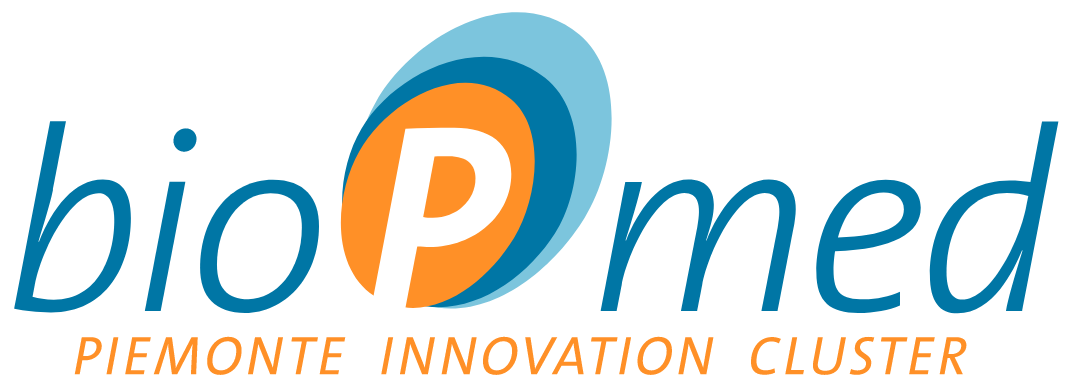Details
Project title: Pre-competitive development of a new hyperspectral microscope for imaging biological samples
Acronym: HYPERSPECTRA
Coordinator: Marta Brioschi, FandisLab
Type: Project
Annuality: Second
TP/LS membership: CMDI/HMNA1
Subjects involved: Fandis Lab, Cyanine Technologies, Aethia, National Institute of Metrological Research
Status: Completed
Download report »
Abstract: The aim of the project is to exploit a new technology developed at INRIM, realizing an innovative product with potential that exceeds the state of the art. A new type of fluorescence microscope is to be realized, which, due to its potentialities, will enable the observation of “multi-marked” biological samples, opening up new perspectives for research in the biomedical field, particularly in the field of regenerative medicine.
Contact for further information:
Name: Marta Brioschi
Organization: FandisLab
Address: via Lazzaretto 81, 28040 Borgo Ticino NO
Phone: +39 0321 958963
E-mail: marta.brioschi@fandislab.com
Web: http://www.fandislab.com/
THE PROBLEM ADDRESSED
The fluorescence microscope (MF) is an indispensable tool for research in the head of biology and medical diagnostics.
The basic concept of MF is to “mark” areas of interest in the biological sample (e.g., the nucleus of a cell) with optically active molecules called “fluorescent markers,” illuminate the sample with a laser light that “excites” the markers, and observe the faint light emitted by the markers.
Areas of the sample that emit light are indicative to the biologist of a certain property of the sample. With an MF it is then possible, by appropriately choosing the marker, to highlight any functional part of the sample. Classical MF allows observation of one marker at a time because special filters must be used that select the faint light emitted by the marker and distinguish it from the rest.
If the biologist wants to mark multiple features (or different areas) of the same sample (e.g., nucleus, membrane, etc.), he needs to change as many filters as the markers used in a slow and complex procedure.
The aim of the project is to make a device capable of observing of multi-marked samples in a single image allowing to reduce the complexity of the analysis and shorten the time of the analysis.
THE ACTIVITIES CARRIED OUT
The project activity was carried out in the following main stages:
- Hyperspectral microscope design (defining spectral properties, optical efficiency resolution, etc.);
- Selection purchase and test of a high-performance camera in terms of dynamic resolution and speed (Hamamatsu Orca Flash 4.0);
- Selection and purchase of a high-performance classical fluorescence microscope (Zeiss Axio Observer);
- Testing of INRIM technology with fluorescent substances preparatory to the realization of the microscope [1];
- Design and construction of the new prototype hyperspectral device made with INRIM technology but more compact and robust than previous prototypes;
- Integration of the new hyperspectral device into the suitably modified microscope; Preparation of biological samples labeled with fluorescent substances of different nature;
- Complete system testing with biological samples labeled with fluorescent substances.
[1] M.Pisani, M. Zucco “Fabry-Perot Fourier-Transform Hyperspectral Imaging for High Efficiency Fluorescence Microscopy” Imaging Systems and Applications (ISA) 2012 paper: ITu2C.4 OSA Technical Digest (online)
RESULTS ACHIEVED AND EXPLOITATION OF THE RESULTS
The hyperspectral fluorescence microscope has been successfully achieved. It is a unique tool with enormous potential that allows you to replace and surpass existing technology.
With the device created, it was demonstrated on multilabelled biological samples that it is possible to obtain a single image from different fluorescent substances without the need for multiple exposures performed with filter changes. It has also been shown to be able to distinguish different fluorescent substances with very similar spectra, which is impossible to achieve with current technologies.
The exploitation of the results will initially consist in the publication of the results obtained in scientific journals in the sector to disseminate the technology in the medical-scientific environment.
290 / 5.000 Risultati della traduzione Risultato di traduzione At the same time, interest in possible cooperation for the development of a commercial product will be investigated among the major manufacturers of fluorescence microscopes; to this end, the opportunity to protect the intellectual property of the product with appropriate patents will be evaluated.
Finally, the device will be made available to the medical-scientific community for the exploitation of the potential offered by the new technology (the opportunity of transferring the microscope to more suitable biological research laboratories will be considered).
PROJECT NUMBERS
- Other Private Partners: AETHIA,PIANETA
- Other Public Partners: INRIM
- Total number of partners: 4
- Number of employee researchers (temporary and permanent and temporary) involved:
- From AETHIA 3 worker members and 1 apprentice.
- From PIANETA 1 worker member
- From FANDIS LAB 2 worker members
- Duration in 24 months
- Total budget: € 562.474
- INRIM: €257.494
- AETHIA: € 65.940
- PIANETA: € 117.450
- FANDIS LAB: € 121.590
- Funding: € 337.485
- INRIM: € 154.497
- AETHIA: 39.564
- PIANETA: 70.470
- FANDIS LAB: € 72.954
- Number of scientific publications: 1
- Number of presentations at conferences and seminars: 1
- Number of public researchers involved 3
- From INRIM 3 researchers + 2 research fellows.
